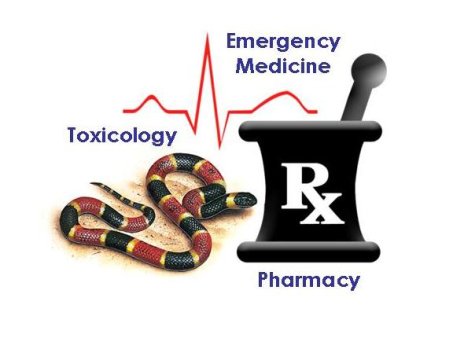Nitroglycerin (NTG) is an important preload reducer in acute pulmonary edema, and even modestly reduces afterload with high doses. For pulmonary edema in the ED, NTG is often administered as a sublingual tablet and/or IV infusion. Starting the infusion at ≥ 80 mcg/min produces rapid effects in many patients, and can be titrated higher as needed. Combined with noninvasive positive pressure ventilation (and sometimes IV enalapril), patients often turn around quickly, from the precipice of intubation to comfortably lying in bed. But what about high-dose IV bolus NTG?
In a recent UMEM pearl, Dr. Rory Spiegel (@EMNerd_) highlighted two studies in which patients who received high doses of IV nitrates every 5 minute were intubated less often than patients who received a standard infusion. [1, 2]
A new retrospective study by Wilson and colleagues evaluated the incidence of ICU admission and hospital LOS in acute pulmonary edema patients who received intermittent high-dose NTG bolus vs. standard NTG infusion vs. bolus + infusion. [3] This was actually a follow-up to their previously published study. [2]
What They Did
- 395 patients: 182 received intermittent bolus, 182 received continuous infusion, 89 received bolus + infusion
- The groups were relatively well-matched despite the retrospective nature
- What was a high-dose bolus? 2 mg IV every 3-5 minutes
What They Found
- ICU admission: 48% bolus, 69% infusion, 83% combo
- Hospital LOS: 3.7 days bolus, 4.7 days infusion, 5.0 days combo
- 80% of patients in bolus group received only one dose
- In both the infusion and combination groups, the median starting rate was 20 mcg/min with a maximum of 60 mcg/min
- Incidence of hypotension was low (< 6%) and not different between the groups
Limitations
- Single center study means that ICU admission practices and hospital LOS (the two primary outcomes) are not necessarily similar or generalizable to other institutions.
- The infusion rates in both the infusion and combination groups were quite low, and aren’t necessarily fair comparisons to a high-dose bolus.
Application to Clinical Practice
- High-dose NTG seems to be effective at reducing ICU admissions in acute pulmonary edema, with a low incidence of hypotension.
- This study does not prove high-dose bolus NTG is more effective than infusions. The infusion rates were too low to fairly compare the two methods.
- High-dose NTG, whether by bolus, infusion, or bolus + infusion remains a cornerstone of early acute pulmonary edema management.
References
- Cotter G, Metzkor E, Kaluski E, et al. Randomised trial of high-dose isosorbide dinitrate plus low-dose furosemide versus high-dose furosemide plus low-dose isosorbide dinitrate in severe pulmonary oedema. Lancet. 1998;351(9100):389-93. PMID 9482291
- Levy P, Compton S, Welch R, et al. Treatment of severe decompensated heart failure with high-dose intravenous nitroglycerin: a feasibility and outcome analysis. Ann Emerg Med. 2007;50(2):144-52. PMID 17509731
- Wilson SS, Kwiatkowski GM, Millis SR, et al. Use of nitroglycerin by bolus prevents intensive care unit admission in patients with acute hypertensive heart failure. Am J Emerg Med. 2017;35(1):126-31. PMID 27825693
